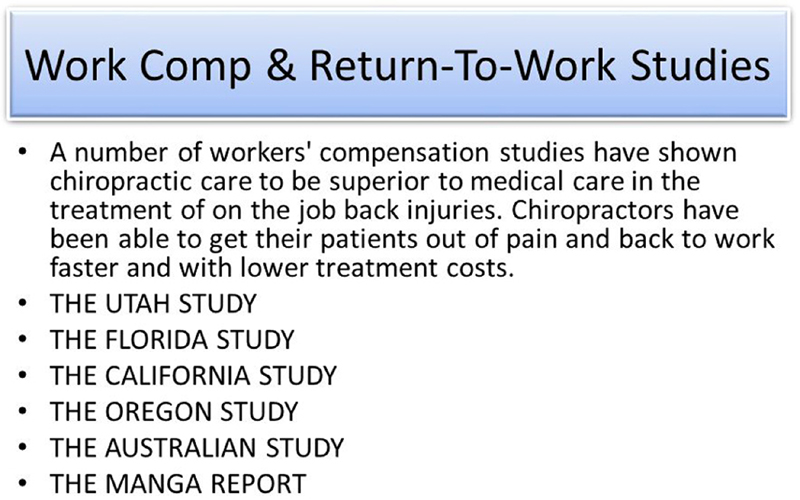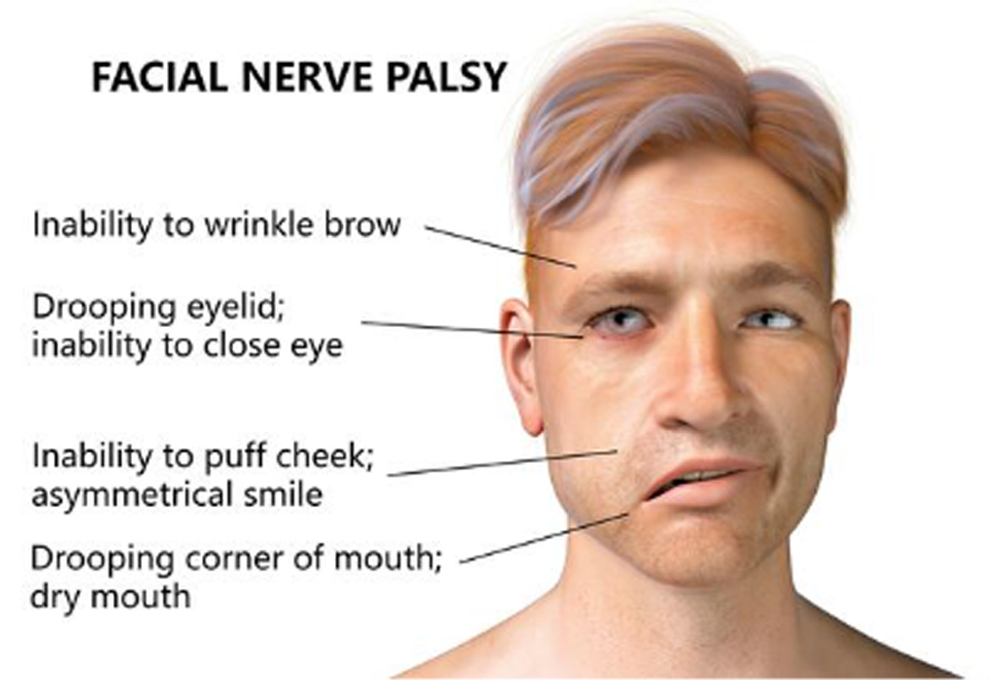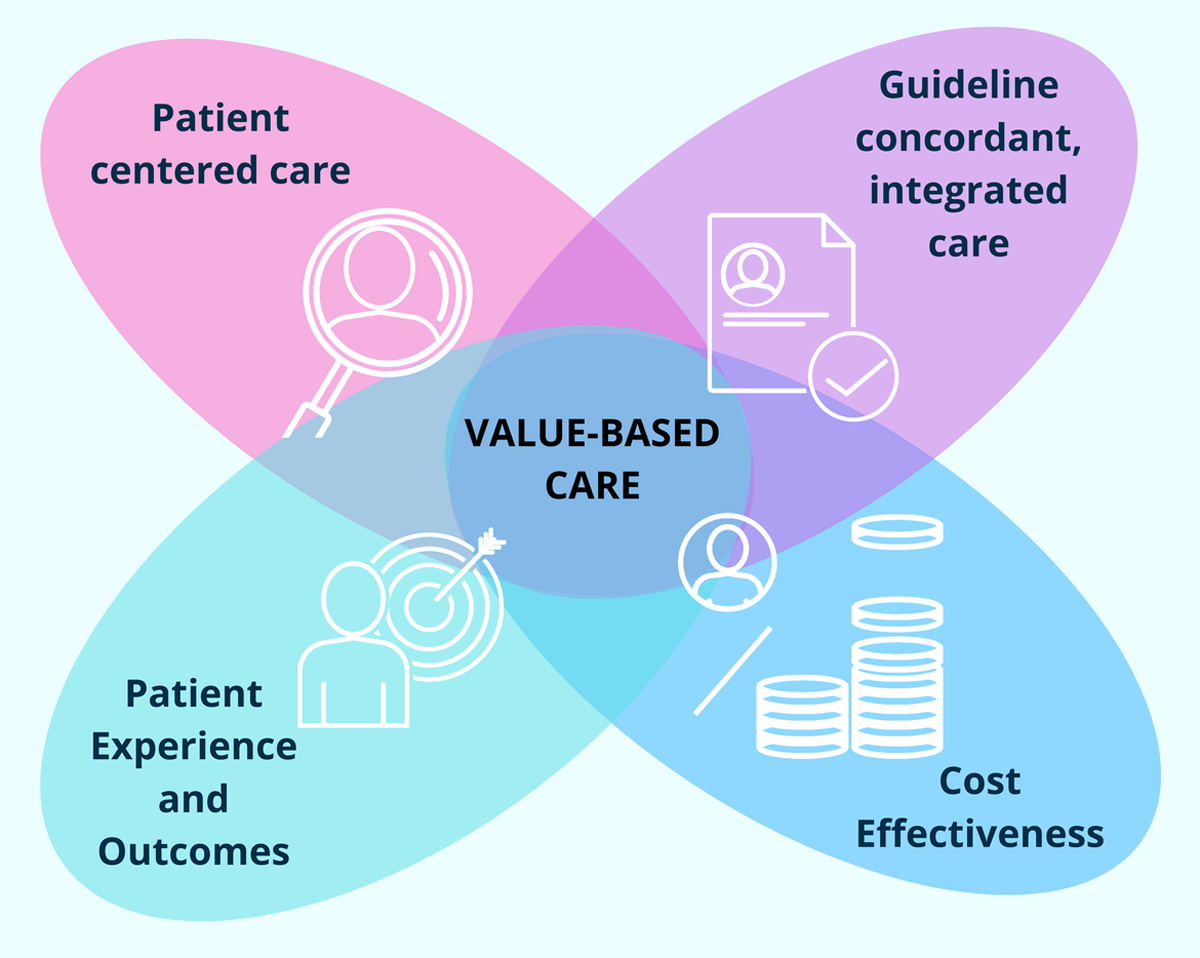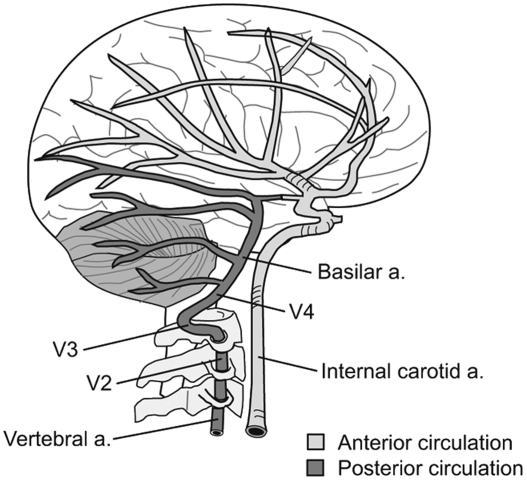The Importance, Measurement and Practical Implications of Worker’s Expectations for Return to Work
The Importance, Measurement and Practical Implications of Worker’s Expectations for Return to Work
SOURCE: Disabil Rehabil 2015; 37 (20): 1808–1816
Amanda E Young, Elyssa Besen, YoonSun Choi
Liberty Mutual Research Institute for Safety,
Center for Disability Research,
Hopkinton, MA, USA.
Purpose:   Workers’ own expectations for return to work consistently predict work status. To advance the understanding of the relationship between RTW expectations and outcomes, we reviewed existing measures to determine those which we felt were the most likely to capture the construct.
Method:   A comprehensive search of the work-disability rehabilitation literature was undertaken. The review of the measures was conducted in three steps: first, a review of terminology; second, an examination of whether a time reference was included; third, an evaluation of ease of comprehension, and applicability across contexts.
Results:   A total of 42 different measures were identified. One of the most striking findings was the inconsistency in terminology. Measures were also limited by not including a time reference. Problems were also identified with regards to ease of understanding, utility of response options, and applicability in a wide variety of research and applied settings.
Conclusions:   Most previously used measures contain elements that potentially limit utility. However, it would seem that further development can overcome these, resulting in a tool that provides risk prediction information, and an opportunity to start a conversation to help identify problems that might negatively impact a worker’s movement through the RTW process and the outcomes achieved. Implications for Rehabilitation Return to work is an integral part of workplace injury management. The capture of RTW expectations affords a way to identify the potential for less than optimal RTW processes and outcomes. A mismatch between an injured worker’s expectations and what other stakeholders might expect suggests that efforts could be made to determine what is causing the injured worker’s concerns. Once underling issues are identified, work can be put into resolving these so that the worker’s return to the workplace is not impeded.
There is more like this @ our:
WHIPLASH Section and the:







